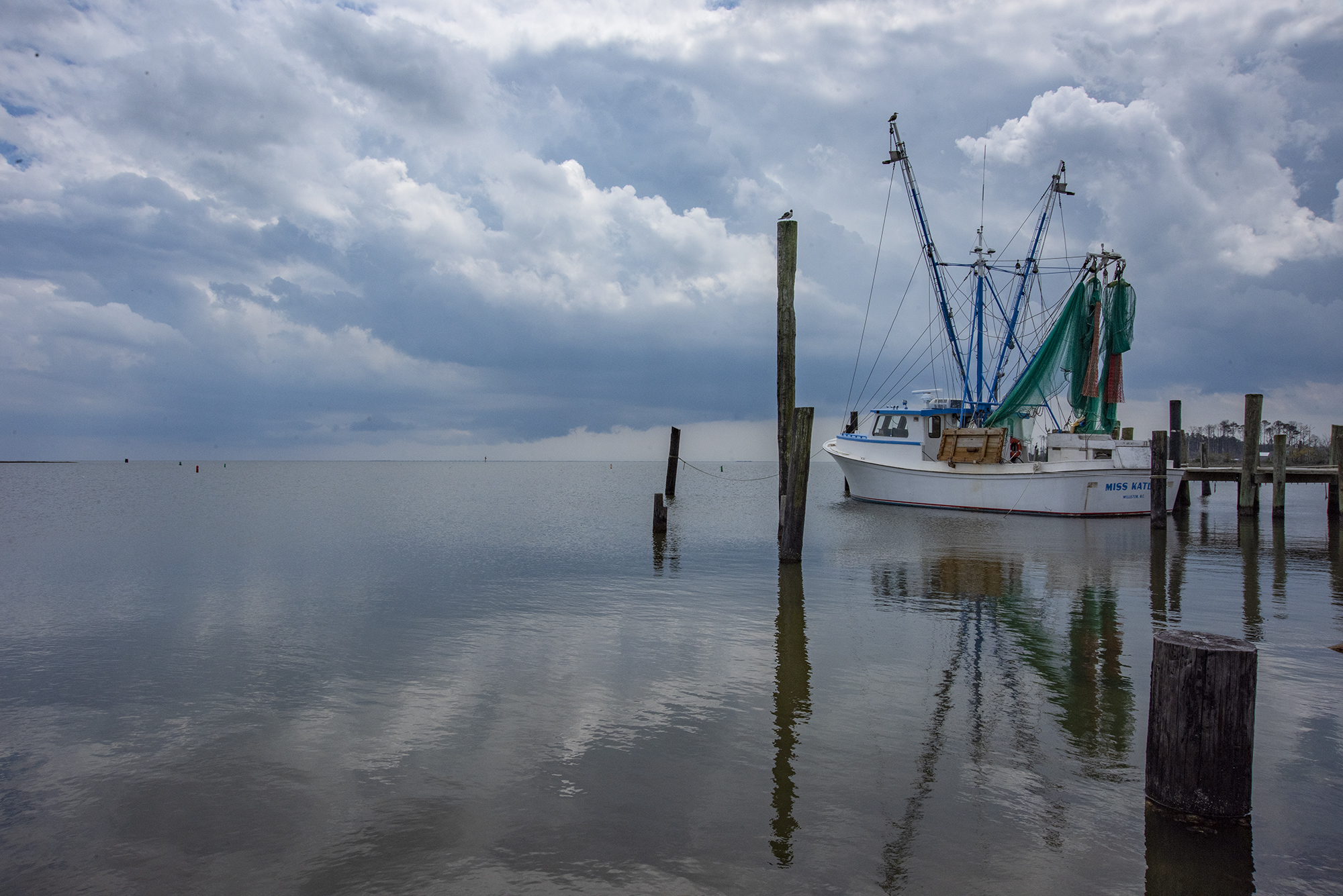
Copublished with Carolina Public Press
RALEIGH — To say that North Carolina’s state budget is complicated right now is a Category 5 understatement.
Supporter Spotlight
But after a multiyear battle over state spending that’s included a mix of mini-budgets and hurricane and coronavirus relief measures, officials are preparing to put the 2020-21 fiscal year on the books, affording a much clearer picture of where the state stands for the uncertain year ahead.
With the state looking at major shortfalls in revenue, additional COVID-19 expenses and a pressing need for additional help for local governments, budget cuts and project delays across state government are inevitable.
The extent of those cuts will depend on the level of federal aid and the rules around it, but some have already started. In early June, departments were instructed to cut travel and training costs, keep unfilled positions open and hold off on raises, typical early steps that portend more to come.
Among the state agencies likely to take a hit in the belt-tightening to come is the state’s Department of Environmental Quality, whose budget has been entangled in disagreements over priorities between the state House and Senate and the executive branch for more than a decade as its dealt with a host of high-profile crises like coal ash, GenX in public drinking water supplies and hurricanes.
A budget deal between the House and Senate last year would have given the agency funds for a long-sought renovation of its main Reedy Creek laboratories in Raleigh as well as additional personnel for testing for emerging contaminants such as GenX.
Supporter Spotlight
But that deal along with the rest of the state budget was nixed in late June of last year after the bill was vetoed by Gov. Roy Cooper and the legislature and the executive branch subsequently failed to reach an alternative agreement. On July 1 of last year, an automatic budget law kicked in, funding state agencies at the previous year’s level.
As the budget standoff dragged on, the legislature sent Cooper a series of mini-budgets to fund parts of state government along with hurricane relief bills following Hurricane Dorian.
Although there were some funds for DEQ in the bills to assist with storm expenses, the department has for the most part operated under the state’s 2018-19 budget and without further changes will do so into next summer.
DEQ officials declined last week to discuss the impacts of operating under the older spending plan or how programs and initiatives might be affected by potential cuts.
“We continue to monitor the situation but it’s too early to report anything or provide an outlook,” Sharon Martin, spokesperson for the department, said in an email response to Coastal Review Online. “As you know, DEQ is no stranger to limited funding, so we continue to achieve our mission with limited resources as we always have.”
‘It gets really complicated’
Robin Smith, an environmental lawyer and consultant who served during the Great Recession as assistant secretary for Environment at the North Carolina Department of Environment and Natural Resources, DEQ’s predecessor, said the department is now faced with a far more difficult situation.
“I think this situation is worse than anything we saw previously. You’re already talking about a limited budget based on 2018-19, and now at some point the need for cuts in response to the pandemic and the loss of revenue is really going to hit,” Smith said last week.
Smith said when the budget numbers are finalized later this month there will be a clearer picture of the details, including things like permit fees, which are a major revenue source for the department.
Although DENR, which included the state park system, was larger in size and scope than DEQ, the process of winnowing the budget would likely be similar, Smith said. The added burden now, she said, is that it comes after years of meager funding.
“Inside the department what you would be looking at would be, where can we take that cut whatever it needs to be without doing any more damage than we need to?” she said. “At this point the real problem is that with the prior-year budget cut, they’re already operating on fumes and it becomes harder and harder when you have cut after to cut to do it without doing real harm.”
The different funding streams and federal grant requirements also make the process difficult. If the legislature or the governor calls for an across-the-board cut or a reduction in state appropriations, that will have different impacts across the department.
One example, Smith said, is that the budget for the state’s Air Quality Division is based entirely on fee revenue, so in that division there’s no appropriation to cut.
In addition, department programs for drinking water, water quality and air quality have to maintain funding and personnel levels because of required state matches for federal grants.
All that serves to concentrate the cuts within DEQ.
“Across-the-board cuts might sound like a good idea but are really not possible,” she said. “It gets really complicated. The bottom line is that it gets more and more difficult the more years you are taking cuts, because you are having to concentrate the next round of cuts in the same areas because those are the programs that have appropriated funds and can potentially take the cuts without putting a federal grant at risk. So, it’s not evenly distributed across the department and it’s not necessarily based on which program can afford to give up money, because it depends on which pot that money is in.”
Next steps
In the coming weeks, even though the legislature has not passed a formal budget bill as it usually does, the State Budget Office will certify the spending levels for the coming year.
Marcia Evans, communications specialist with the Office of State Budget and Management, said the goal is to be finished in the second week of August, but that this year is a little more challenging than usual.
“Given the multitude of bills involved in certification this year, it is significantly more complex certification process, and some agencies may take a bit longer than is typical to ensure all entries are accurate,” Evans said.
For now, what happens with the state budget is largely in the hands of the federal government and the next coronavirus relief bill. Negotiations over a new plan, which stalled this week, are continuing.
State Budget Director Charles Perusse said last month in an email response to Coastal Review Online that once the federal plan is in place, the administration will start work to have a comprehensive budget ready for when legislators return in early September.
For North Carolina, key aspects of any new plan directly influencing the state budget will be whether the plan includes additional flexibility over how funds in an earlier round of coronavirus relief can be spent and whether a new plan includes additional direct aid to state and local governments.
If a new federal package includes flexibility allowing the state to use the funds under the previous Coronavirus Aid, Relief and Economic Security, or CARES, Act to replace lost revenue, in what’s referred to as a “backfill” provision. Then the state can devote some of remaining $1.5 billion it has yet to spend to cover revenue shortfalls significantly easing the severity of state cuts.







